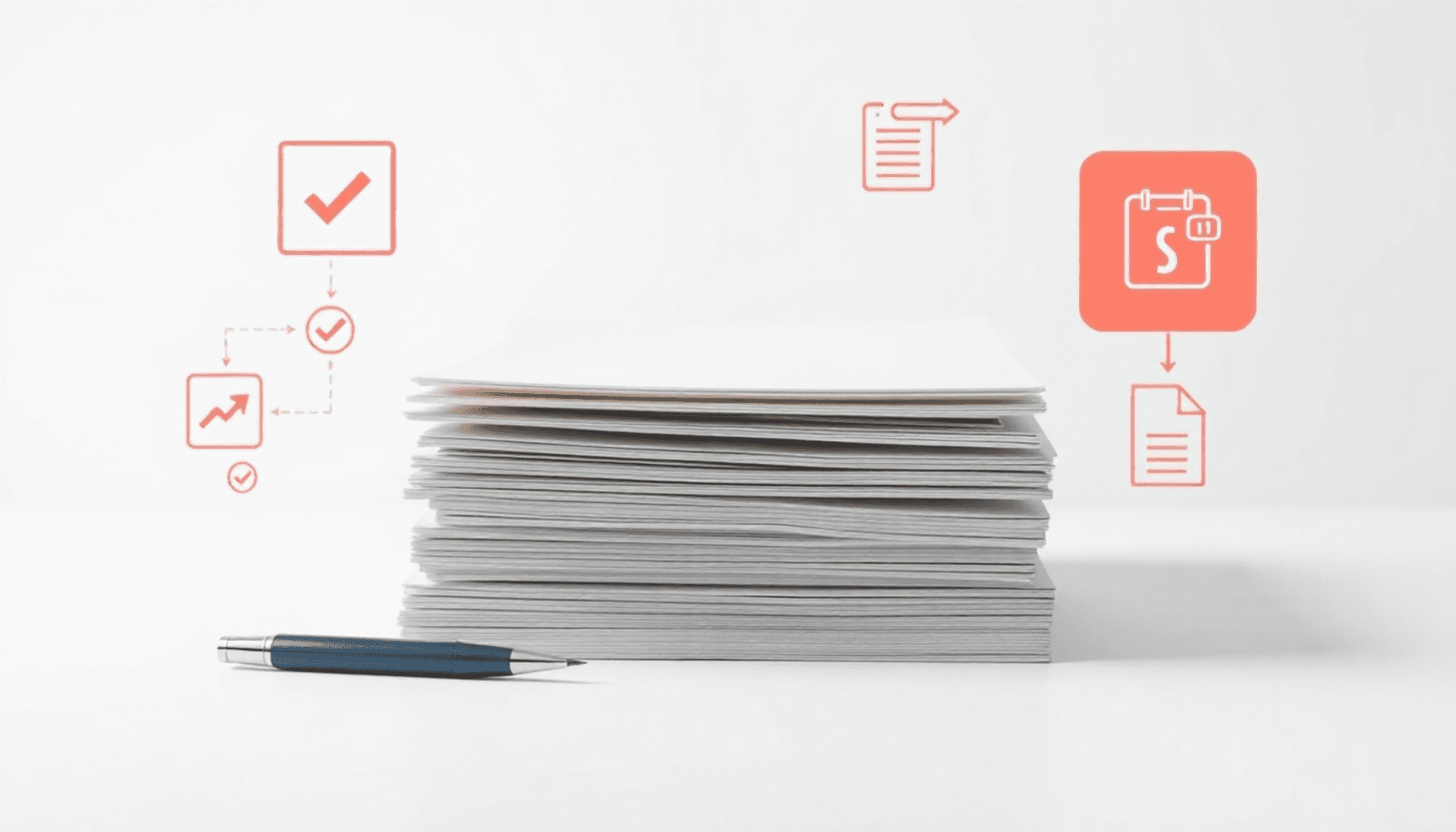Procurement automation is the process of using technology to streamline and automate the procurement process. This includes everything from sourcing and purchasing to invoicing and payment. By leveraging automation, organizations can reduce manual tasks, improve efficiency, and gain better visibility into their procurement activities. With the rise of digital transformation, many companies are turning to procurement automation to stay competitive in the market. This technology allows businesses to optimize their procurement processes, reduce costs, and improve overall performance.
Procurement automation can encompass a wide range of activities, including e-procurement, electronic data interchange (EDI), and supplier relationship management (SRM) systems. These tools help organizations manage their procurement activities more effectively, from sourcing suppliers to managing contracts and payments. By automating these processes, companies can reduce errors, improve compliance, and gain better control over their supply chain. As a result, procurement automation has become an essential tool for modern businesses looking to stay ahead in a rapidly changing marketplace.
The Benefits of Procurement Automation
There are numerous benefits to implementing procurement automation within an organization. One of the most significant advantages is the ability to reduce costs and improve efficiency. By automating manual tasks such as data entry, approval workflows, and invoice processing, companies can save time and resources. This allows employees to focus on more strategic activities, such as supplier management and contract negotiation. Additionally, automation can help organizations identify cost-saving opportunities and negotiate better terms with suppliers, ultimately leading to significant cost reductions.
Another key benefit of procurement automation is improved visibility and control over the procurement process. By centralizing procurement activities within a single platform, organizations can gain better insight into their spending, supplier performance, and contract compliance. This visibility allows companies to make more informed decisions and identify areas for improvement. Additionally, automation can help organizations enforce compliance with internal policies and external regulations, reducing the risk of non-compliance and associated penalties. Overall, procurement automation provides businesses with the tools they need to optimize their procurement processes and drive better business outcomes.
Cost Savings and Efficiency Gains
One of the primary benefits of procurement automation is the potential for significant cost savings and efficiency gains. By automating manual tasks such as data entry, approval workflows, and invoice processing, organizations can reduce the time and resources required to manage their procurement activities. This allows employees to focus on more strategic activities, such as supplier management and contract negotiation. Additionally, automation can help companies identify cost-saving opportunities and negotiate better terms with suppliers, ultimately leading to significant cost reductions.
In addition to cost savings, procurement automation can also lead to efficiency gains within an organization. By streamlining the procurement process and eliminating manual tasks, companies can improve the speed and accuracy of their procurement activities. This allows organizations to respond more quickly to changing market conditions and customer demands, ultimately improving their competitive position in the market. Furthermore, automation can help companies identify bottlenecks and inefficiencies within their procurement process, allowing them to make targeted improvements that drive better business outcomes.
Improved Accuracy and Compliance
Another key benefit of procurement automation is improved accuracy and compliance. By automating manual tasks such as data entry and approval workflows, organizations can reduce the risk of errors and ensure that all procurement activities are conducted in accordance with internal policies and external regulations. This helps companies avoid costly mistakes and penalties associated with non-compliance, ultimately protecting their bottom line and reputation.
Furthermore, automation can help organizations enforce compliance with supplier contracts and agreements, ensuring that all parties adhere to the terms and conditions of their relationships. This level of control allows companies to mitigate risk and avoid potential disputes with suppliers, ultimately improving their overall supplier relationships. Additionally, automation can provide organizations with better visibility into their spending and supplier performance, allowing them to identify areas for improvement and make more informed decisions.
Enhanced Supplier Relationships
Procurement automation can also lead to enhanced supplier relationships. By centralizing procurement activities within a single platform, organizations can gain better visibility into their supplier performance and identify opportunities for collaboration and improvement. This level of insight allows companies to build stronger relationships with their suppliers, ultimately leading to better terms and conditions for both parties.
Furthermore, automation can help organizations enforce compliance with supplier contracts and agreements, ensuring that all parties adhere to the terms and conditions of their relationships. This level of control allows companies to mitigate risk and avoid potential disputes with suppliers, ultimately improving their overall supplier relationships. Additionally, automation can provide organizations with better visibility into their spending and supplier performance, allowing them to identify areas for improvement and make more informed decisions.
Streamlined Data Management and Reporting
Another key benefit of procurement automation is streamlined data management and reporting. By centralizing procurement activities within a single platform, organizations can gain better visibility into their spending, supplier performance, and contract compliance. This level of insight allows companies to make more informed decisions and identify areas for improvement.
Additionally, automation can help organizations streamline their data management processes by eliminating manual data entry and ensuring that all procurement activities are captured accurately within the system. This allows companies to generate more accurate reports and analytics, ultimately leading to better business insights and decision-making. Furthermore, automation can help organizations identify trends and patterns within their procurement data, allowing them to make targeted improvements that drive better business outcomes.
Key Considerations for Implementing Procurement Automation
When implementing procurement automation within an organization, there are several key considerations that companies should keep in mind. First and foremost, it’s important for organizations to clearly define their goals and objectives for implementing automation. This includes identifying the specific pain points within their current procurement process that they hope to address through automation.
Additionally, companies should carefully evaluate potential automation solutions to ensure that they align with their business needs and requirements. This includes considering factors such as scalability, integration capabilities, and user-friendliness. Furthermore, organizations should develop a comprehensive implementation plan that outlines the steps required to successfully deploy the chosen automation solution within their organization.
Finally, it’s important for companies to consider the impact of automation on their employees and stakeholders. This includes providing adequate training and support to ensure that employees are comfortable using the new technology and understand how it will impact their day-to-day responsibilities. By carefully considering these key factors, organizations can successfully implement procurement automation within their organization and realize the numerous benefits it has to offer.
In conclusion, procurement automation offers numerous benefits for organizations looking to optimize their procurement processes and drive better business outcomes. From cost savings and efficiency gains to improved accuracy and compliance, automation provides companies with the tools they need to stay competitive in a rapidly changing marketplace. By carefully considering key factors such as goals, solution evaluation, implementation planning, and employee impact, organizations can successfully implement procurement automation within their organization and realize the numerous benefits it has to offer.






